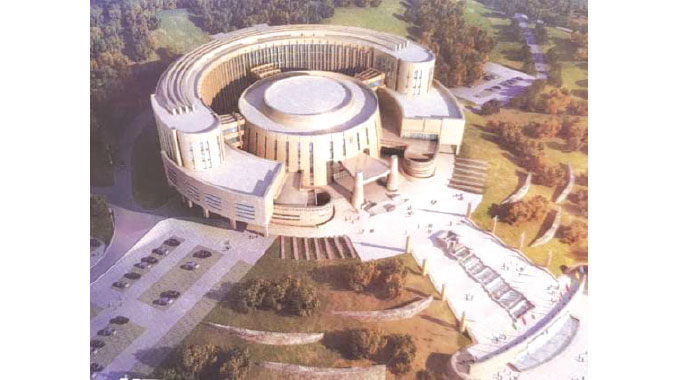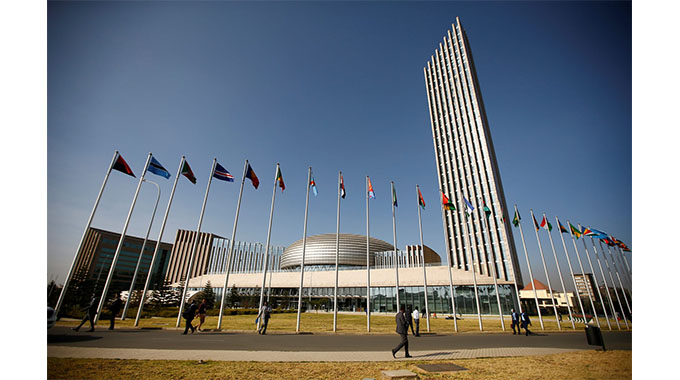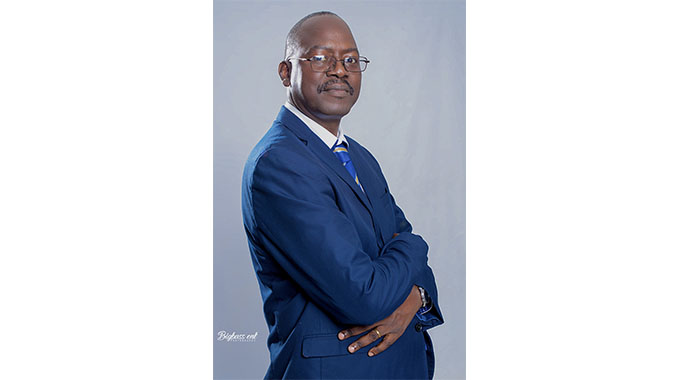Elements of African aesthetics that are embraced in the new Parliament building at Mount Hampden

Pathisa Nyathi
SEVERAL African cultural phenomena are not part of the formal school curricula, not even for the tertiary institutions. As a Biology teacher, the one aspect that I taught related to the human reproductive system.
I taught my pupils about the womb, the fallopian tubes, ovaries, ova, sperms and manhood, inter alia. I will never forget that topic even one hour before I depart for the better place. In the Army that promised salvation, we termed that departure “promotion to glory”.
Several years later, I realise how the knowledge I used to “pour gently” into the empty vessels was of a solar nature. It was compartmentalised, terribly restricted to one aspect and totally unrelated to the broader universe, let alone the multi-verse. I did not fully appreciate then the universal linkages, connectedness of the entire universe. I appreciated circularity within the Geometry that one Mr Owen used to teach us at Mazowe Secondary back in the mid-60s. I hardly saw or appreciated its universal ubiquity.
I doubt very much that I gleaned the commonalities among the various components within the holistic reproductive system, let alone the interlinked life systems within the human life systems that I have enumerated above. I did not relate the human body to the entire universe. Did I see relatedness between a microscopic atom, the entire human body and the entire universe? Did I see circularity and cyclicality as providing binding commonalities and serving as universal building blocks for everything?

womb
Only when I entered the University of Life did I begin to see beyond the solar knowledge gleaned from Biology. That happened when I replaced the classroom teacher with the teacher who gives emphasis to lunar knowledge and embraces the key components of Ubuntu/Hunhu that lays emphasis on connectedness, relatedness, universality and a holistic approach to understanding the universe. The question perhaps is why I raise the issues now when I am several light years away from a Biology laboratory.
Reading the Herald newspaper of June 20, 2022, I saw a picture of the interior of the New Parliament Building that has been designed and constructed by the Chinese at Mount Hampden a few kilometres outside of Harare. Of interest to me in the building was how the Chinese captured quite succinctly, through architectural designs, the key elements of African aesthetics that are intricately and irrevocably intertwined with and interwoven into the cosmic fabric.

Organisation of African Unity
I first experienced what the Chinese are capable of doing in capturing the African spirit and spirituality when I visited Addis Ababa at the time when the Organisation of African Unity (OAU), now the African Union (AU) was celebrating the 50th anniversary of its formation back in 1963. The circular design predominated. When I entered one of the structures, I could not help feeling some exhilarating sense of connectedness, a feeling of being a tiny and imperceptible particle of and within the universe.
The circular design in the expression of beauty is what Africa opted for. It is one of the elements of cosmic beauty. It is a design that proliferates on the cosmic plane and does so on the African cultural plane. All African artefacts exhibited the circular design while the rectangular design with its characteristic 90-degree angles was avoided.
Africa sought to replicate the heavens on earth. The African definition of beauty was informed by cosmic characteristics. Appreciation of beauty in black Africa was informed by the cosmic fabric designed before the advent of life. “As above, so below.” This African adage encapsulates African ideas with regard to beauty.
In the article written by Mercy Madhake there was a portion of the room showing part of the ceiling and the seats. It was the circular design that informed the architecture of the New Parliament building. The seats exhibited curvilinear arrangements characteristic of a waxing crescent moon. It being akin to the moon, it captures one element of African aesthetics, namely curvilinearity. At the same time, renewal and regeneration are symbolised.
Once again, this is an important element in African Thought.
One may also view the arrangement as portions of parallel waves advancing from a common centre when a stone is thrown into a body of water. Parallel and circular waves are created and they advance outwards, and theoretically embracing the entire universe. The concept of eternity or endlessness is embodied and expressed and symbolised.
Circularity, movement, regularity (rhythm, periodicity, cyclicality) are embraced. Once again, these symbolically capture elements of African aesthetics.

Biology laboratory
Looking up at the dome-shaped ceiling one gets the feeling of aesthetic fulfilment. Circularity, movement, regularity (periodicity, cyclicality and rhythm) are easy to discern. To some people, the cross-hatched design is discernible as chevron patterns that display a circular design. Other people may see triangles arranged back-to-back, and exhibiting regular, periodic, rhythmic and cyclical movement. All this is mentally engrossing, tantalising, enchanting and aesthetically exhilarating.
Concentric parallelism is apparent. It is parallelism that reinforces, reiterates, enhances and concentrates beauty.
Once again, regular and outward moving waves are easy to discern with the mind’s eye. Both the top and bottom reinforce the enduring theme of magnified elements of African aesthetics. It is aesthetics that is cosmically determined and through the mental African eye, influences what Africa used to perceive as symbolising and representing beauty. Africa did not have to create what it considered as constituting beauty. Beauty was in the DNA of the African.
It is sad that now Africa is moving wave-style away from the set standards of their forebears. Their ideas of beauty are no longer rooted in the cosmic fabric. Cultural conquest had far-reaching consequences on the African psyche.
What Africa used to consider beautiful is no longer so now. The Chinese are having to lead the blinded Africans back to their abandoned ancestral perceptions of beauty as embraced in architectural designs.
Traditional huts that embraced circularity and other elements of African aesthetics are now despised, denigrated and associated with primitivity, backwardness and some glorified latter-day paganism. What Africa now despises all the more are the materials used in architecture, in particular clay, wood and grass.
Sadly, this is to miss the whole point. The more important consideration in African architecture is design rather than the nature of materials used. The Chinese have highlighted this misplaced perception at the Victoria Falls International Airport and now at the New Parliament Building in Mount Hampden. They did it earlier at the AU buildings in Addis Ababa, Ethiopia.
One only hopes that the formal education curricula will embrace such considerations with a clear and unapologetic Afro-centric thrust not only in architecture but also in other fields of endeavours. That will happen only when those tasked with the burden of coming with relevant and informed African curricular embrace the requisite knowledge of what is African and what is not. Surely, change must be embraced. More importantly, African foundations should inform the nature of the superstructures.










Comments